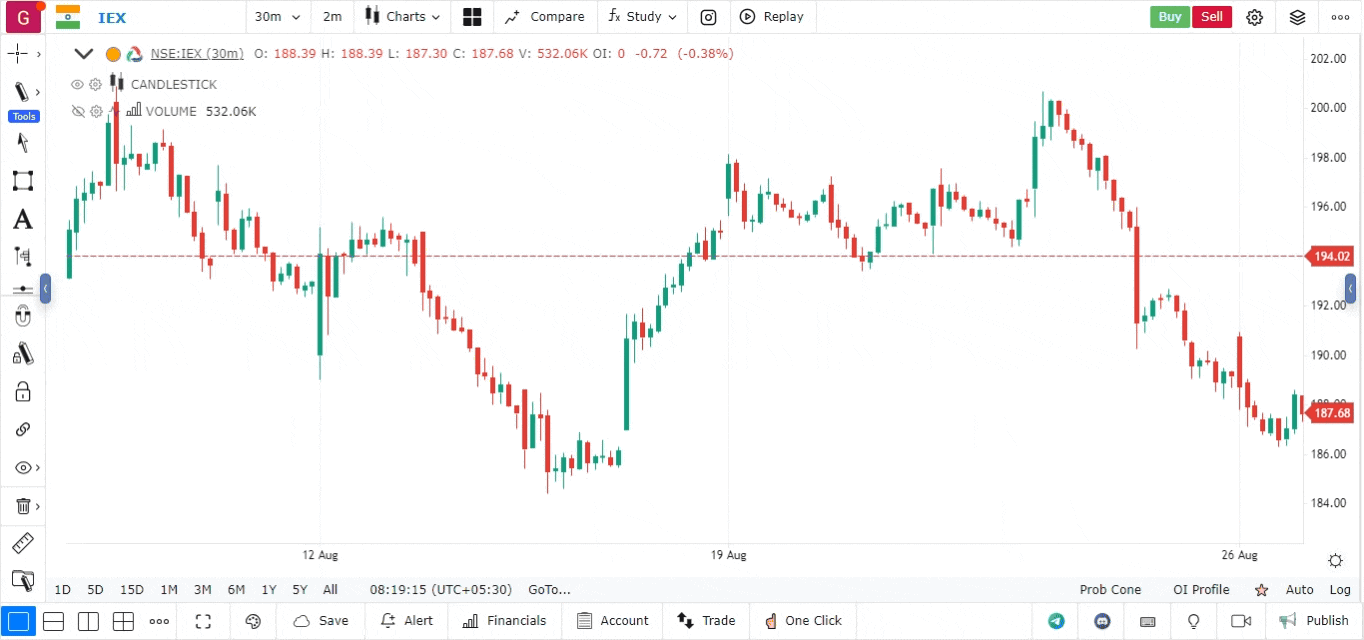Triangular Moving Average (TMA) Indicator
The Triangular Moving Average (TMA) Indicator is a trend-following technical analysis tool that provides a smoothed view of price movements by averaging prices over a specified period. The TMA is particularly useful for identifying market trends and potential reversal points, making it a popular choice among traders.
What is the Triangular Moving Average (TMA)?
The Triangular Moving Average (TMA) is a type of moving average that gives greater weight to the middle of the data series. Unlike traditional moving averages, the TMA smooths out price fluctuations more effectively, providing a clearer representation of the underlying trend.
Key Features:
- Smoothing Effect: The TMA reduces noise in price data, making it easier to identify trends and reversals.
- Lag Reduction: By emphasizing central data points, the TMA helps reduce lag compared to other moving averages.
- Customizable Periods: Traders can adjust the TMA period based on their trading strategies, making it adaptable for various timeframes.
Supertrend Formula:
The Supertrend indicator is calculated using the following steps:
-
Calculate the Average True Range (ATR):
- ATR measures market volatility and is typically calculated over a set period (e.g., 10 or 14 periods).
-
Calculate the Supertrend Line:
- Uptrend Line:
Uptrend = Basic Upper Band = (High + Low) / 2 + (Multiplier × ATR) - Downtrend Line:
Downtrend = Basic Lower Band = (High + Low) / 2 - (Multiplier × ATR)
- Uptrend Line:
-
Determine Trend Direction:
- When the price is above the Supertrend line, it indicates a bullish trend.
- When the price is below the Supertrend line, it indicates a bearish trend.
TMA Formula:
The Triangular Moving Average is calculated in two main steps:
- Calculate the Simple Moving Average (SMA):
Where is the number of periods.
- Calculate the TMA:
This means that the TMA is the average of the simple moving average values, smoothing out the data even further.
How to Add the TMA Indicator
-
Open the platform:
- Navigate to the platform and select the asset you wish to analyse.
-
Access the Indicators Menu:
- Click on the Indicators menu located in the top toolbar.
-
Add the TMA Indicator:
- Search for “Triangular Moving Average” or “TMA” in the indicators search bar.
- Click on the TMA Indicator to add it to your chart.

- Customize Settings:
- After adding the indicator, you can customize the following settings:
- Period: Set the number of periods for the TMA calculation (e.g., 10, 20, or 50).
- Style: Adjust the color, line thickness, and style for better visibility on your chart.
- After adding the indicator, you can customize the following settings:
How to Interpret the TMA Indicator
-
Trend Direction:
- When the price is above the TMA, it indicates a bullish trend, suggesting potential long positions.
- When the price is below the TMA, it indicates a bearish trend, suggesting potential short positions.
-
Identifying Reversals:
- A cross of the price above the TMA can signal a potential bullish reversal, while a cross below the TMA can indicate a potential bearish reversal.
-
Support and Resistance Levels:
- The TMA can act as a dynamic support or resistance level, where price reactions may occur, helping traders identify potential entry and exit points.